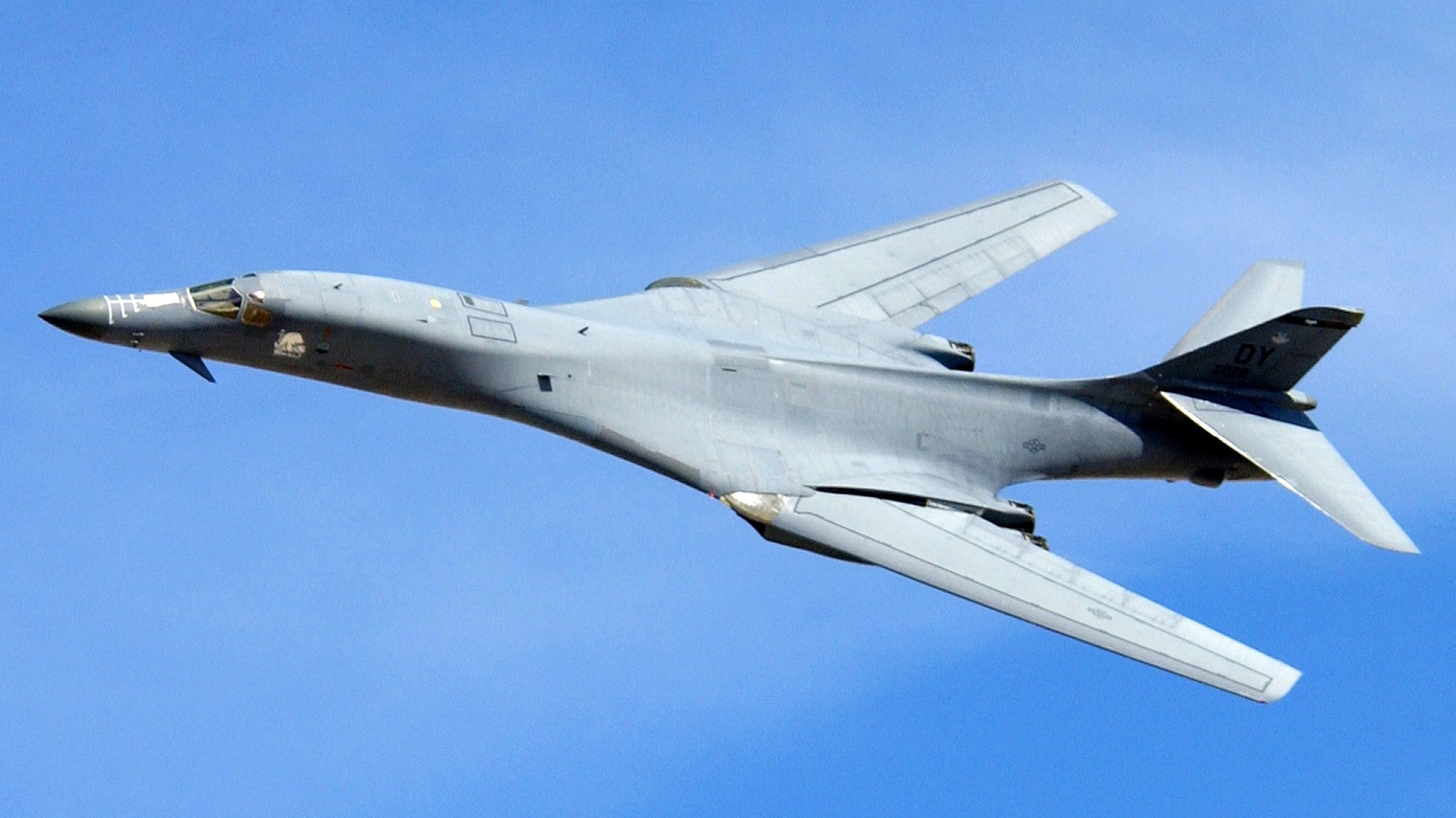Copyright SlashGear

In October 2025, the United States Air Force dispatched two B-1B Lancer bombers to South America, leading some to wonder why they're still being flown. After all, the B-1B is an old aircraft, having first entered the inventory in 1988, and there are newer planes that could take its place. Ultimately, there's a very good reason why the B-1B continues to operate: it's the backbone of the U.S. Air Force's long-range bomber force, and its usefulness hasn't diminished such that it requires replacement. Still, it's not as if the U.S. doesn't have a small fleet of the far more advanced B-2 Spirit stealth bombers sitting around with more than enough capabilities to drop bombs anywhere in the world. Why then did the U.S. send its B-1Bs to South America rather than the B-2? The answer is likely optics, given the purpose in sending them, but beyond that, the B-1B is a massive aircraft that is capable of carrying a larger payload than any of the U.S.' strategic jet bombers currently in service. It has a payload capacity of 75,000 lbs. of ordnance, which is substantial. Still, it's not as if a B-2 couldn't carry out the same mission, though with a smaller capacity of 40,000 lbs. The differences between the two bombers are fairly extensive, with stealth capabilities largely separating the two aircraft's technology. This alone offers advantages and disadvantages in their use, but at the end of the day, both bombers represent exceptional feats of engineering. The B-1B Lancer features variable-geometry wings, turbofan afterburning engines, and more. This enables the aircraft to fly great distances at speeds exceeding Mach 1.2 (900+ mph at sea level). It can reach a ceiling of 30,000 feet at unlimited range, thanks to aerial refueling. Its biggest selling point is its payload capacity because, at 75,000 lbs., it takes the lead over everything else the U.S. has in its strategic bomber force. Of the three bomber models in that fleet, the Air Force operates 45 B-1Bs, outnumbering the 19 operational B-2 Spirits. The B-2 isn't much newer than the B-1B, having been introduced in 1993. It's the first stealth-capable strategic bomber ever made, and they've been used to covertly deliver ordnance to targets in combat operations since Operation Allied Force in the 1990s. The crew of a B-2 requires half as many personnel, with only two. It also boasts an unlimited range via refueling, though it has a higher ceiling of 50,000 feet. The B-2 is used to deliver ordnance to targets at extreme range where the U.S. doesn't have air superiority. It slips in, drops its payload, and slips out, sometimes flying for more than 24 hours at a time. The B-1B is best used where the U.S. has air superiority, as it's not stealth-capable, though it still operates in contested airspace. Overall, each aircraft has its pros and cons. Ultimately, the Air Force dispatches whichever is best suited for the mission at hand.



